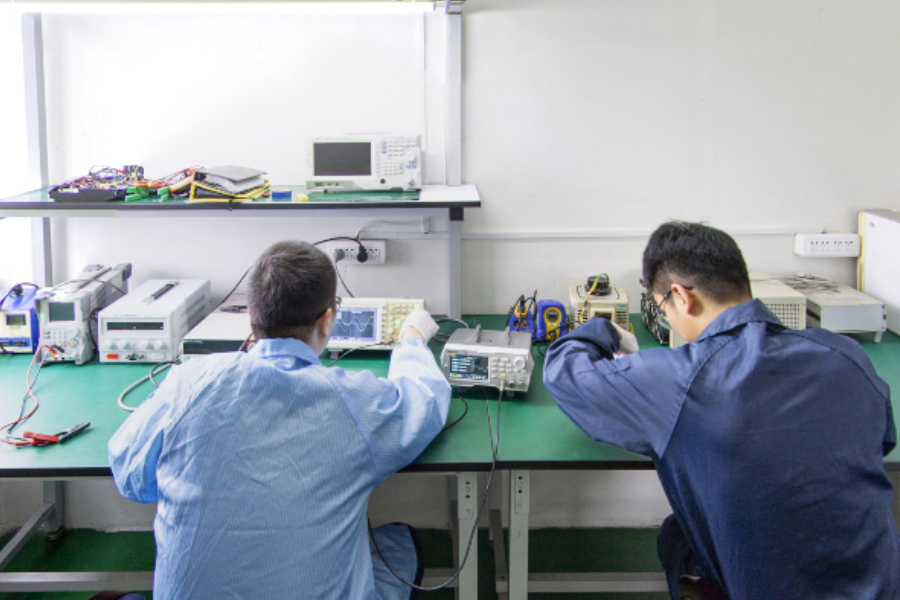How elecontro® simplifies the product development life cycle
As a R&D and manufacturing enterprise, product R&D has always been the core of elecontro®, but product R&D is not an independent project, which requires procurement, production, quality, cost, delivery and other links, and the time of this process must be To control it well, after all, the market waits for no one, so how to effectively shorten this cycle? Take you into how elecontro® can shorten the development cycle through PLM product life cycle management.
What is the core of the PLM product life cycle management system?
The PLM product life cycle management system is a system that not only pays attention to the product itself, but also pays attention to the application and management of various knowledge assets involved in the product from its appearance to its retirement. The core of PLM is to obtain information from ERP, SCM and other information systems. Effective information, integrate the entire design, production, and maintenance links of the enterprise, and provide effective solutions for each stage of the product. The software that needs to be used in this process includes SCM, integration tools, secondary development tools, Wed Portal, Enterprise architecture, SCM/ERP/CRlvL system, etc.
How to shorten the development cycle through PLM product life cycle management?
Product portfolio management: From the perspectives of strategy, market, technology, risk, cash flow, etc., analyze the product portfolio of the enterprise in different life cycles, and support decision-making such as product planning, product development, and product exit. Specific functions include new product development decision-making intelligence, R&D planning management, R&D project management, related reports, report generation, etc.
Purchasing and outsourcing management: Purchasing management in traditional ERP is mainly based on production plans, arranging purchases and reducing costs. The procurement and outsourcing management in PLM is based on the perspective of the entire product life cycle. It not only reduces the production cost of products through strategic procurement strategies, but also needs to cooperate with the product design department.
Customer demand management: Under the economic conditions of customers, product development that does not understand customer needs is self-defeating. Therefore, accurately capturing, describing and analyzing customer needs is the core problem to be solved by customer demand management. Specific capabilities include requirements management, customer preference analysis, and support for order-oriented design and manufacturing.
Collaborative product design: The purpose of collaborative product design is to provide a collaborative design environment and tools for multidisciplinary, cross-departmental, cross-enterprise, and remote product development teams. Specific features include product design tools, process support tools, visualization tools, and Cax integration tools.
Product data management: It provides functions such as creation, organization, storage, control, and release of product data, and is currently the most widely used function. Specific functions include product structure management, document management, engineering change management, product data release, service parts catalog and configuration management.
elecontro® In the traditional product design process, product design data is completely managed manually, which makes it difficult to guarantee the accuracy and consistency of technical data. In addition, poor information communication between design and process departments has virtually improved product design. In the environment where the market price is getting lower and lower, the pressure of enterprises is increasing, and PLM is a series of application solutions, which can be applied to enterprises in a single location and enterprises scattered in multiple locations. And among enterprises with collaborative relationships in the field of product research and development, support the creation, management, distribution and application of information throughout the product life cycle, improve research and development efficiency, and improve product quality.






